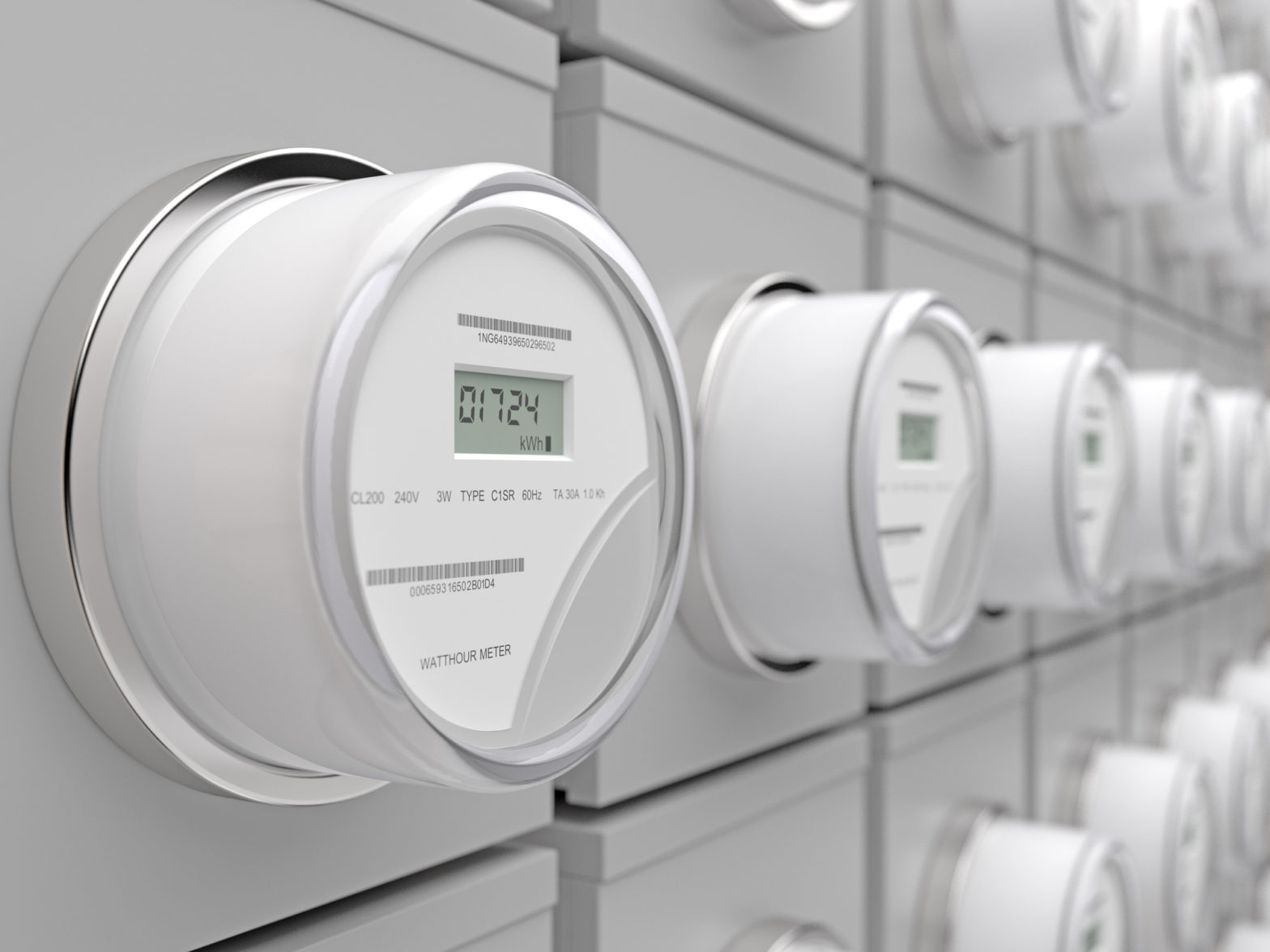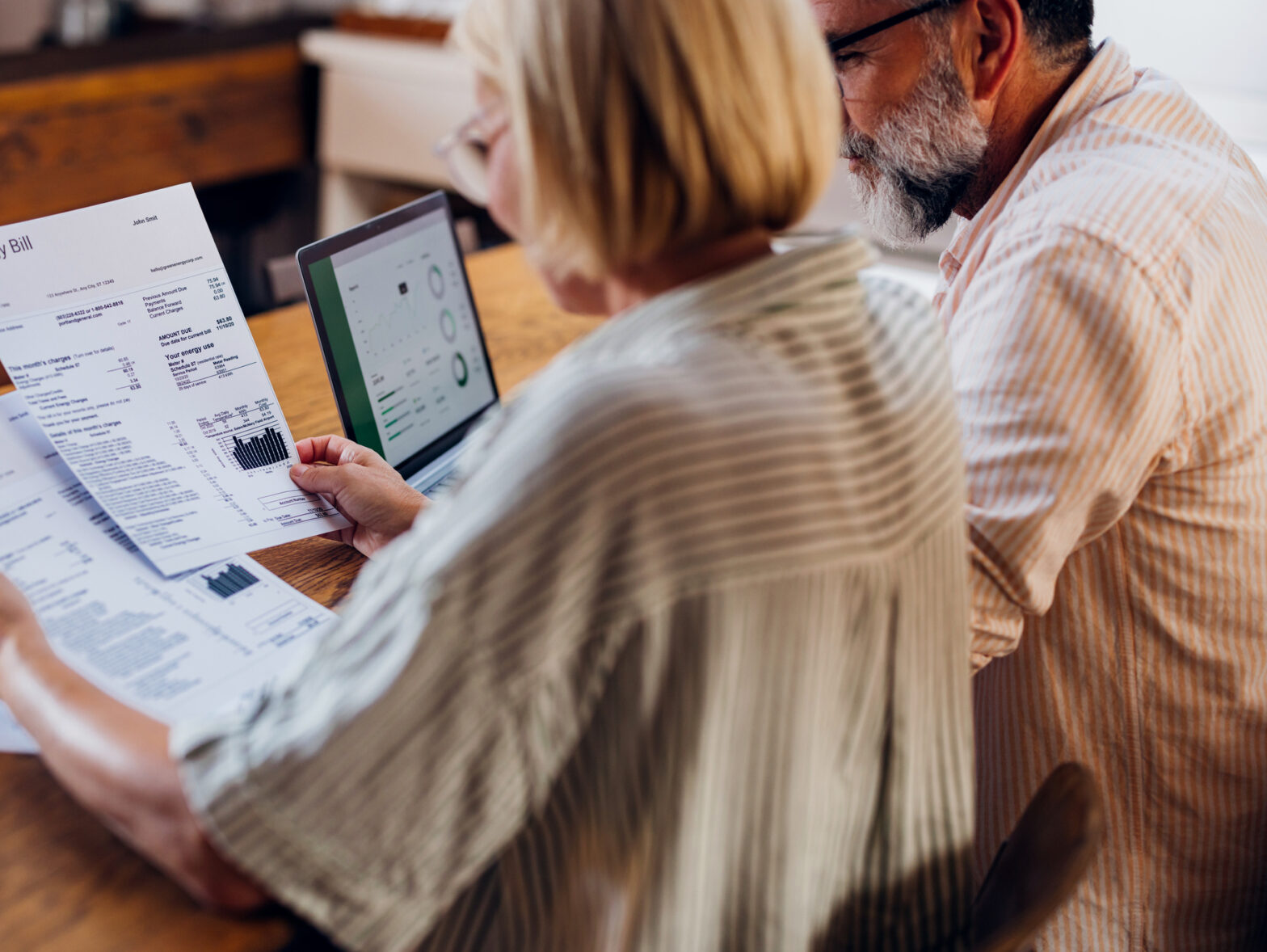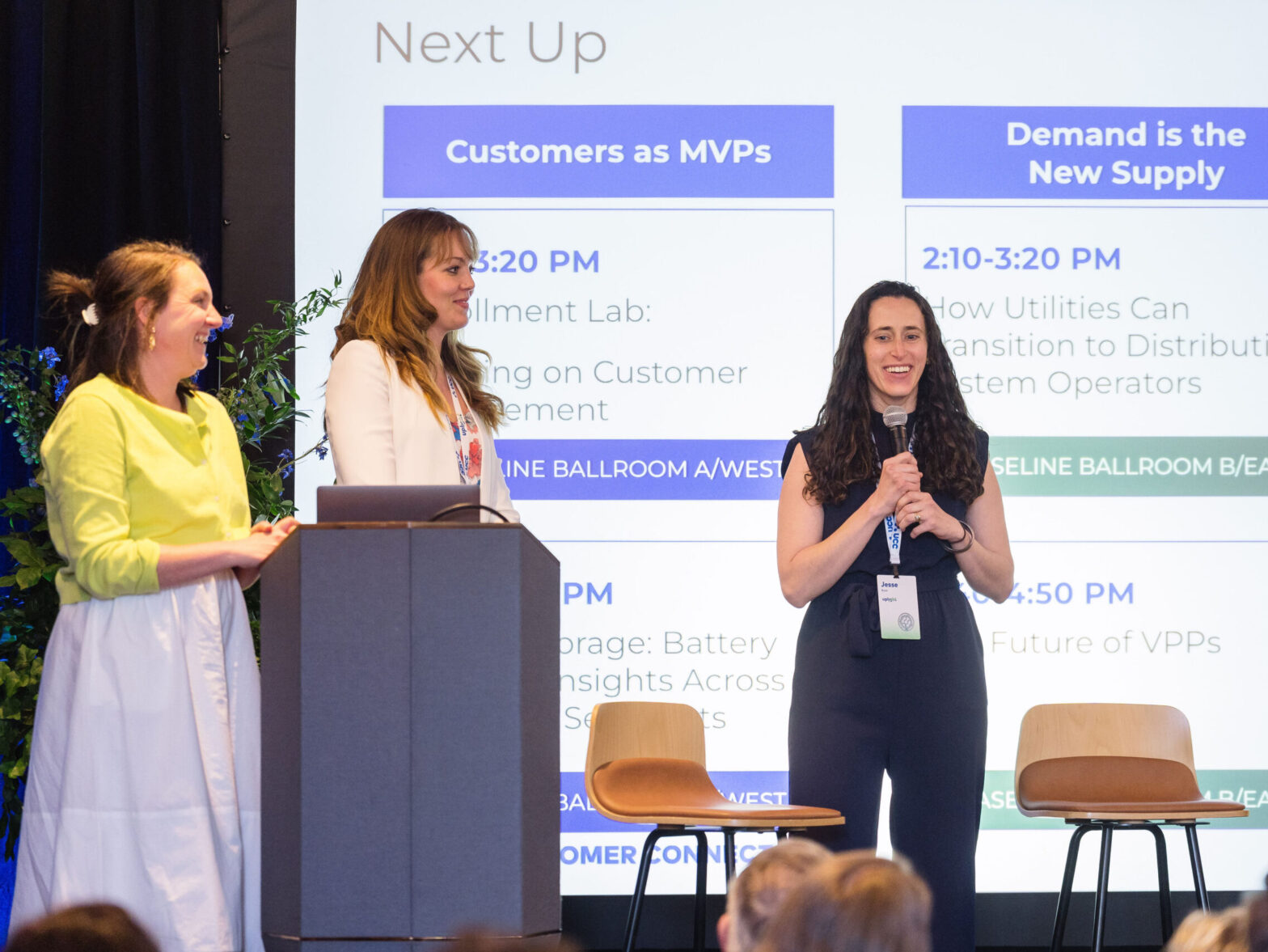This post was originally published on Simple Energy’s website. Simple Energy is now Uplight.
ICYMI: the Washington Post is in the midst of a fascinating series, Your Brain on Energy. Understanding the current state of energy consumption, and the impacts of consumer behavior, can be complicated. This series does a great job at breaking it down in ways that invoke energy consumption in a very digestible way. Check out the series after reading this blog post! h/t Chris Mooney
What’s the why?
One takeaway that has stuck with us can be found in part two of the series entitled, Why 50 million smart meters still haven’t fixed American’s energy habits. More than 43 percent of U.S. homes have smart meters, according to Mooney’s article, so why hasn’t the smart meter revolution been very revolutionary?
Science. Specifically, behavioral science and the need for consumers to be as smart about their energy consumption as their smart meters are.
Data Isn’t Everything
After the federal government dumped some $3.4 billion into Smart Grid development to help increase the use of smart meters, which President Obama said “will allow you to actually monitor how much energy our family is using…” there hasn’t been too much of this so-called energy revolution happening. Why? Essentially because investing in the technology is only part of the equation. People’s energy behavior also needs to change.
Smart meters give insight into your personal electricity usage gathered at different frequencies (hourly, daily, monthly, etc). Utilities have installed approximately 50 million devices across 43 percent of homes throughout the country, according to Mooney, but adoption of the technology and how that translates into consumer behavior changes is still a major disconnect.
Think of it this way: by not combining smart meter insights and aligning behaviors accordingly, it’s equivalent to putting words in a book and setting it on someone’s nightstand; they still have to read it — otherwise those words are wasted content.
Utilities have tried connecting with their consumers to motivate this engagement, but it’s been hit and miss. Web portals and customized sites provide users a tool to monitor their consumption, but utilities still face the hurdle of actually getting users to login and to take action.
Only 8 percent of people were already using “online analysis of your specific energy usage” provided by their energy or utility company, according to Mooney’s article, where he references a 2013 survey by the Smart Grid Consumer Collaborative.
For many, the data doesn’t register into action. Seeing a kilowatt on their energy bill makes them think it’s a typo. Ultimately, it’s up to the utility to communicate this data to their customers, and it’s even more important to understand what specifically will elicit – and maintain – this change.
Owning Your Energy Consumption
Different people respond to different things. Using smart meter data and figuring out what exactly will register with a specific audience is the key to empowering the end user.
Mooney flags a 2014 American Economic Review study that details the impact of in-home displays with real-time energy information, as well as dynamic pricing. “The result was sharp: the alerts about dynamic pricing events led to less energy consumption, but the real savings came when you combined alerts with the in-home display. The houses that had both cut energy usage by 11 to 14 percent,” according to the findings.
Change Your Behavior
Simple Energy’s stats highlight the importance of this type of immediate communication, with a more than 10% peak event reduction with day-of messaging offering reward points for participation.
Despite limited penetration of these in-home displays – fewer than 10,000 have been deployed – it’s hard to argue the impact of educating consumers on their energy consumption. Customers are eager to align their consumption habits with their behaviors, when powered with the knowledge of how to do so.
Annual behavioral energy savings recorded from our Engagement Platform range between 4-6%, delivering 2-3 times the results of paper report-based programs — demonstrating an increased ability to drive behavior. And 80% of customers using Simple Energy’s platform report having a better understanding of their household energy use.
The industry has the tools it needs to drive change. Real-time communication of smart meter data, personalization and incentivization for the customer will help kick start the next phase of energy awareness and further the educational process of making a smarter energy user. The so-called Energy Revolution is near!




